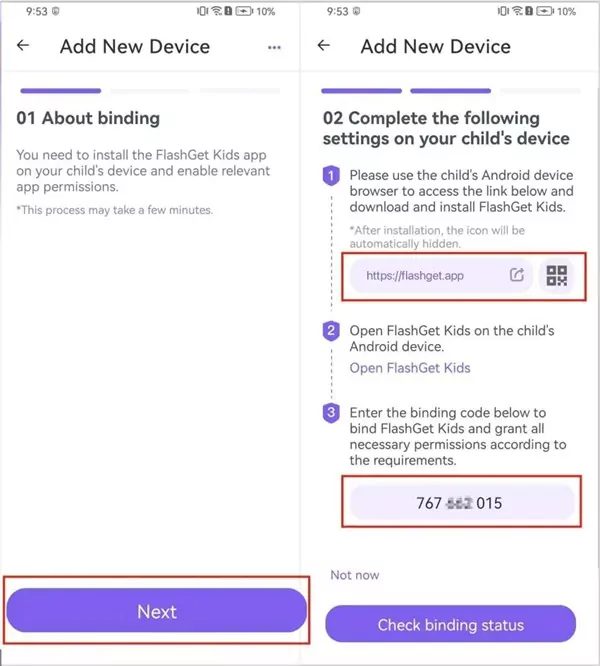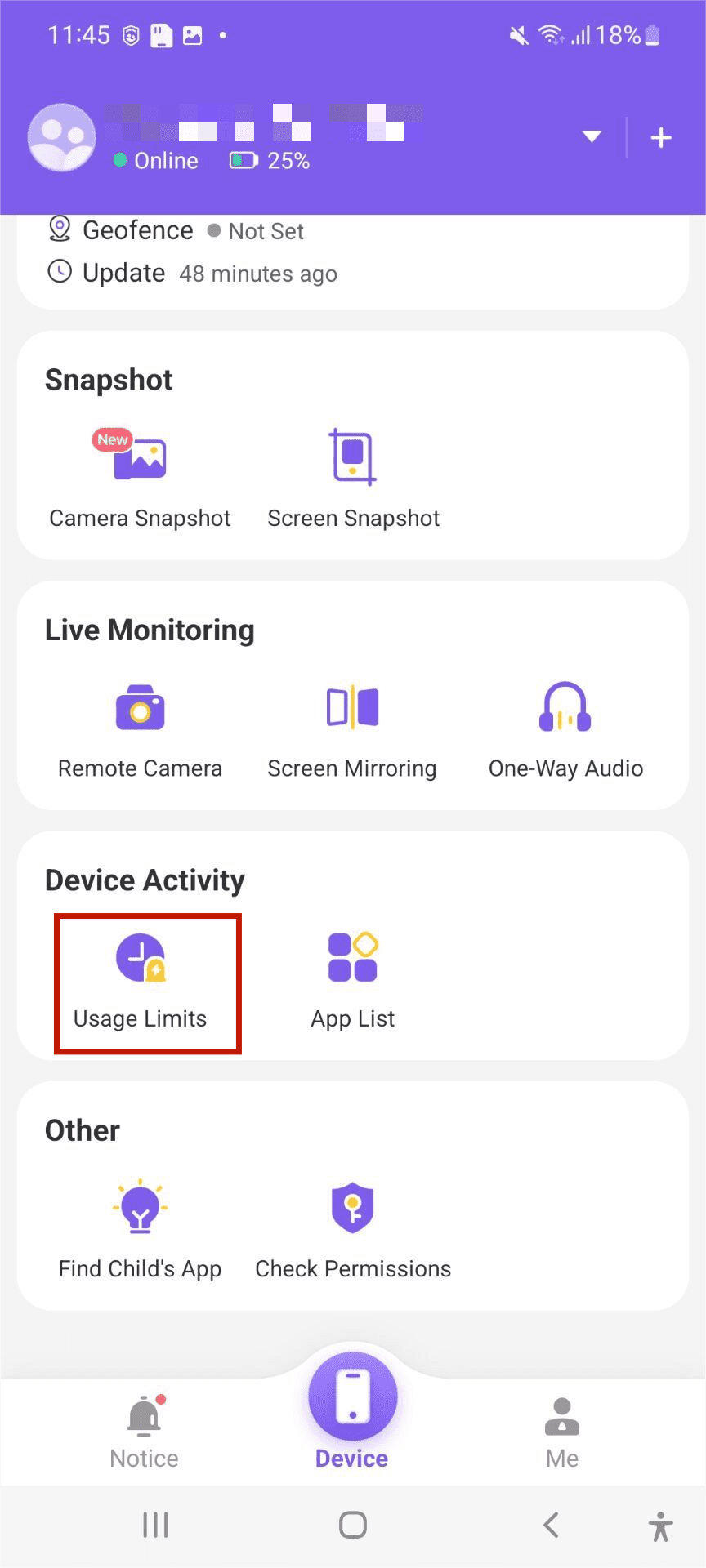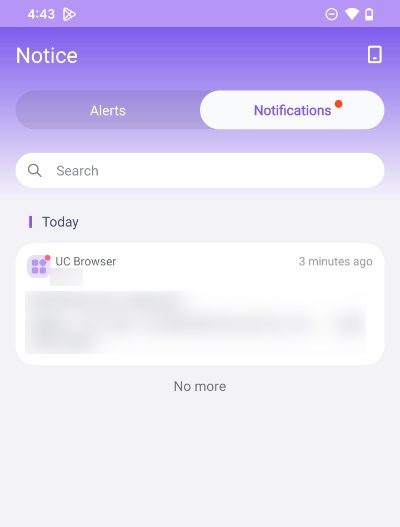Sexting is becoming more and more popular among teenagers and young adults. As technology develops, it is becoming increasingly easy to communicate through sexting. There are numerous free sexting apps your child can use to text pictures and messages. This is why it is important for you as a parent to become aware of the sexting apps your child is engaged with.
In this article, we will discuss different free sexting apps parents must be aware of, revealing their prevalence, functionality, and major challenges young users are prone to.
What parents need to know about sexting?
Sexting, the sending of sexually explicit photos or messages, is a very real problem for many teens. Although at first glance it seems like small fun, sexting may lead to serious problems.
Here’s what parents need to know:
- Loss of control: After a sext is sent, it’s no longer in your teen’s hands. Even with disappearing message apps, screenshots can be captured, and photos can be quickly forwarded. A private space instantly becomes a public stage.
- Legal trouble: Depending on your location, sexting between minors can be considered as child pornography, which has legal consequences.
- Emotional damage: Leaked nudes often cause immense cyberbullying, depression, and anxiety for your teen. The negative consequences on self-esteem and prospects can be profound and can have a lasting effect.
- Predatory risk: The lack of any security in free sexting apps makes teens more susceptible to extortion and other kinds of threats, where the predators may want to use coercion.
Safeguard your kids from risky sexting apps with the FlashGet Kids Parental Control app.
Free sexting apps parents need to know
The spreading popularity of free sexting apps has definitely brought many new ways of sharing intimate moments and social communication.
These free sexting apps come with lots of diverse features, privacy settings, and purpose of use. Thus, different people will choose apps based on what they need.
It is very important for parents to have a clear understanding of the various sexting platforms for them to be in a better position to safeguard their children from the potential risks of sexting.
Below, we will discuss 12 frequently used sexting apps, paying attention to their features, popularity, and age appropriateness.
Signal
Signal is a safe and secure messaging app that can be used for sexting. However, it is not specifically designed for that purpose. It is easy to use and popular for secure online conversations with features like disappearing messages.
It takes data integrity and the safety of users seriously and hence keeps the chats end-to-end encrypted. More than 100 million individuals have downloaded Signal because it is a popular choice for secure messaging.



Why people use it:
- Strong encryption ensures messages remain private.
- Open-source software with a commitment to transparency.
- Users can set messages to disappear after being read.
Age rating: 13+
Viber
Viber is an app that allows users to communicate with each other through free text messages, audio calls, and video calls. It is a popular choice for people who want to connect with friends and family all over the world. Viber does not specifically promote sexting, but it can be used for this purpose like many other messaging apps.



Why people use it:
- Provides free messaging and calling services over Wi-Fi or data connections.
- Offers a wide range of stickers, emojis, and GIFs for expressive communication.
- Enables group chats with up to 250 participants.
Age rating: 17+
Grindr
Grindr is one of the most popular dating apps amongst the LGBTQ+ community. It gives users location, facilitates chat, and allows users to send photos and videos. As it is centered around the intimacy of the hookups, it can also be used for sex chats. It leverages location services to let users discover people in the vicinity.
Why people use it:
- This platform is focused on the LGBTQ+ community in particular.
- Geolocation feature provide the possibility of finding matches in the surroundings.
- Creates an opportunity for connections and networks in the community.
Grindr is rated 17+
Masked Love
Masked Love is one of anonymous free sexting apps that allow users to participate without disclosing their personal information. It is a source of fascination and curiosity for its users, and the app focuses on user privacy by maintaining a minimum amount of data collection and sharing practice.
Reaching over 1 million downloads, Masked Love has become the top choice among subscribers who want an anonymous dating experience.
Why people use it:
- They can send sex messages without using their real names.
- People especially like the anonymity that comes with not knowing who you are texting with.
- Creating a platform for casual communication with people with similar interests.
Age rating: 18+
Zoosk
Zoosk is a mobile app specifically designed for dating and relationships. It involves a matching system that is developed to identify people with similar interests. Zoosk provides features like a free live-streaming service, a customized search option, and an easy-to-use interface.
Users can very easily display their profiles, connect with the singles, and participate in practical dialogues. Zoosk does not overtly advertise sexting. But it can be used in this way.
Why people use it:
- The availability of many users increases the odds of finding a suitable match.
- A user-friendly interface and helpful features make dating more enjoyable.
- Many communication tools like texting as well as video chat boost social interaction.
Age rating: 18+
Tinder
Tinder is a well-established global dating app that matches people for possible romantic relationships through easy swiping motions. If two users like each other, they match each other and start a conversation. Apart from the basic features of Tinder, users can send GIFs and emojis in chats.
While not specifically designed for sexting, Tinder can be used for sexting due to its anonymous nature and ease of use.



Why people use it:
- Tinder is a widely known app; so, there is a large volume of people for you to choose from.
- Tinder keeps your messages encrypted using special codes.
- User-friendly interface with swiping feature.
Age rating: 17+
Zalo
Zalo is one of the messaging apps providing people with the opportunity to message, talk, and share videos among themselves. Even though sexting might not be the only reason, it is more likely because of the disappearing message feature. It also has great features that allow group chats so everyone can join.
Why people use it:
- A large number of functions including texting, voice calls, and social networking.
- The anonymity of the accounts gives it an edge.
- User-friendly interface and accessibility across multiple devices.
Age ratings: 12+
AdultFriendFinder
The mobile app, AdultFriendFinder is designed for individuals who want to have casual relationships or adult experiences.
It is one of the most popular mobile applications among teens and has been rated 4.0 stars in addition to more than 4.54 billion reviews on the Google Play Store.
AdultFriendFinder is a social network that offers different services like chat, video chat, and matchmaking encounters absolutely free.
Why people use it:
- Being a platform for those seeking friends with benefits and adult conversations.
- Most features are provided through chatrooms and webcams that anyone can exploit depending on their areas of interest or choice.
- A large audience makes it more likely that such partners can be found.
Age Rating: 18+
Wickr
Wickr is an app that protects the user’s privacy and safety by using an end-to-end encrypted mechanism. It concentrates on a safety-focused collaborating environment, which provides a way for one-on-one and group chat, audio, video, and secure file and screen sharing.
Also, sexting is not the main goal of the app but some people may use it for this purpose because it provides anonymity and also privacy.
Why people use it:
- Makes sure of privacy through end-to-end encryption.
- Messages are programmed to expire after a specified period of time, thereby ensuring privacy.
- Provides communication channels that are safe for initiating confidential discussions.
Age rating: 17+
Kik
Kik is a messaging app that connects people through usernames in a way that they can communicate without disclosing their phone numbers.
This anonymity appeals to the people who need to sext. Judging from how Kik doesn’t have a decent moderation, it is not a suitable platform for teens.



Why people use it:
- It gives users a chance to keep their anonymity by using user names.
- Teenagers and young adults use it greatly for casual conversations, flirting, and more.
- Provide a group chat function to make it easy to communicate with many friends.
Age rating: 17+
Dust
Dust is a messaging platform that puts privacy first. It specifically relies on special symbols and a particular technique that allows messages to disappear.
Not only does Dust provide security and privacy in your conversations, but it is also an ideal choice for someone who doesn’t want any lurking eavesdroppers. As the encryption messaging app has more than 500.000 downloads, it is one of the most popular ones.
Why people use it:
- Automatically removes messages after they are viewed.
- Use of end-to-end encryption ensures maximum confidentiality.
- Shows users how to send self-destructing messages, photos, and videos.
Age rating: 17+
Confide
Confide allows users to send messages that vanish after they have been read. Though Confide can be used for sexting, it is not designed for such.
As a strict privacy-oriented messenger, it provides tools like encrypted correspondence and anonymous chat. Messages can be programmed to vanish after being read, or users can opt out of the self-destruct feature.
Why people use it:
- Users can sext with the certainty that their conversation will disappear once read.
- The privacy aspects of Confide may attract users who are worried that sexting images can be uncovered.
Age rating: 4+
How to protect your kids from free sexting apps?
As a parent, supervision of your child’s online behavior is crucial to be certain that he/she is not using sexting apps. One of the ways to achieve this is through the application of parental control apps such as FlashGet Kids.
FlashGet Kids comes with the possibility of blocking sexting apps and seeing your kid’s phone activities. Let’s look at how to use FlashGet Kids for these purposes:
App Blocker
App Blocker is one of most important features in FlashGet Kids. Though FlashGet Kids doesn’t directly block apps by category like “sexting apps,” its main feature is to block any app that parents choose to block.
Here’s how to block apps using FlashGet Kids:
Firstly, download and install the FlashGet Kids app onto your device. There are two versions of the app, which are the ones for parents and the ones to install in your kid’s phone.
- Install FlashGet Kids for child on your phone.
- Register and create a FlashGet account.
- Download the kid’s app version of the FlashGet Kids app on your chid’s phone.
- Then, bind your device with your child’s by keying a 9-digit code from the parental control app version on your phone into the kid version on your child’s phone.



- Launch the FlashGet Kids app on your device.
- Tap on “Usage Limits” on the dashboard.



- Choose whether to turn on “Disable All Apps” or “Forbid New Apps” to block all apps or new installed apps.
Notification Tracker
Utilizing FlashGet Kids’ Notifications Tracker, you can monitor the notifications your child receives on their device. So, with Notification tracker, you could track their activity and see if they are getting notifications from the sexting apps.
Here’s how to use the Notifications Tracker:
- Run the FlashGet Kids app on your device.
- Tap on “Notifications.”



You will be able to see a list of all the notifications your child has received. For more details, just tap on the notification.
Bonus: How can I protect my child from sexting?
Firstly, conduct age-related talks about the hazards and implications of sexting. Tell them about the likely legal implications and the potential hurt that they would cause by sending explicit materials.
Secondly, develop rules of behavior with regard to the internet and device usage. Establish the guidelines for all cyber behaviors, for instance, no sexting or sharing explicit pictures.
Thirdly, employ parental control tools and monitoring software, like FlashGet Kids to monitor your kids’ online activities. Track the discussions, social media posts, and app downloads to highlight any abnormal activity or behavior.
Fourthly, build a friendly and secure atmosphere under which your child will feel free to communicate with you about his online activities or concerns.
In addition, set an example by exhibiting thoughtful and respectful actions on the internet. Teach your child how to behave well on the Internet.
Lastly, train your child to firmly reject the requests for sex or the sending of explicit materials. Inform them that they are at liberty to refuse anything they are not comfortable with.
FAQs
Is sexting normal for 13-year-olds?
No, as for age of 13 it is not normal to behave in such a way as sexting. Adolescents’ curiosity for sex and sexually-oriented topics often guide them to this way of communicating, but sexting at early ages is both lawfully and socially dangerous.
What age do kids start sexting?
Such behaviors as sexting might have been seen by children as young as 10. Parents are expected to know their children’s online activities and talk to them about the risks of sexting, how to avoid them and teach them where not to send explicit messages.
What do kids think about sexting?
Some kids just don’t know that sexting is the thing of it. Parents will make it a point to talk to their children about sexting risk and do their best to monitor their digital activities to prevent sexting among their children.

